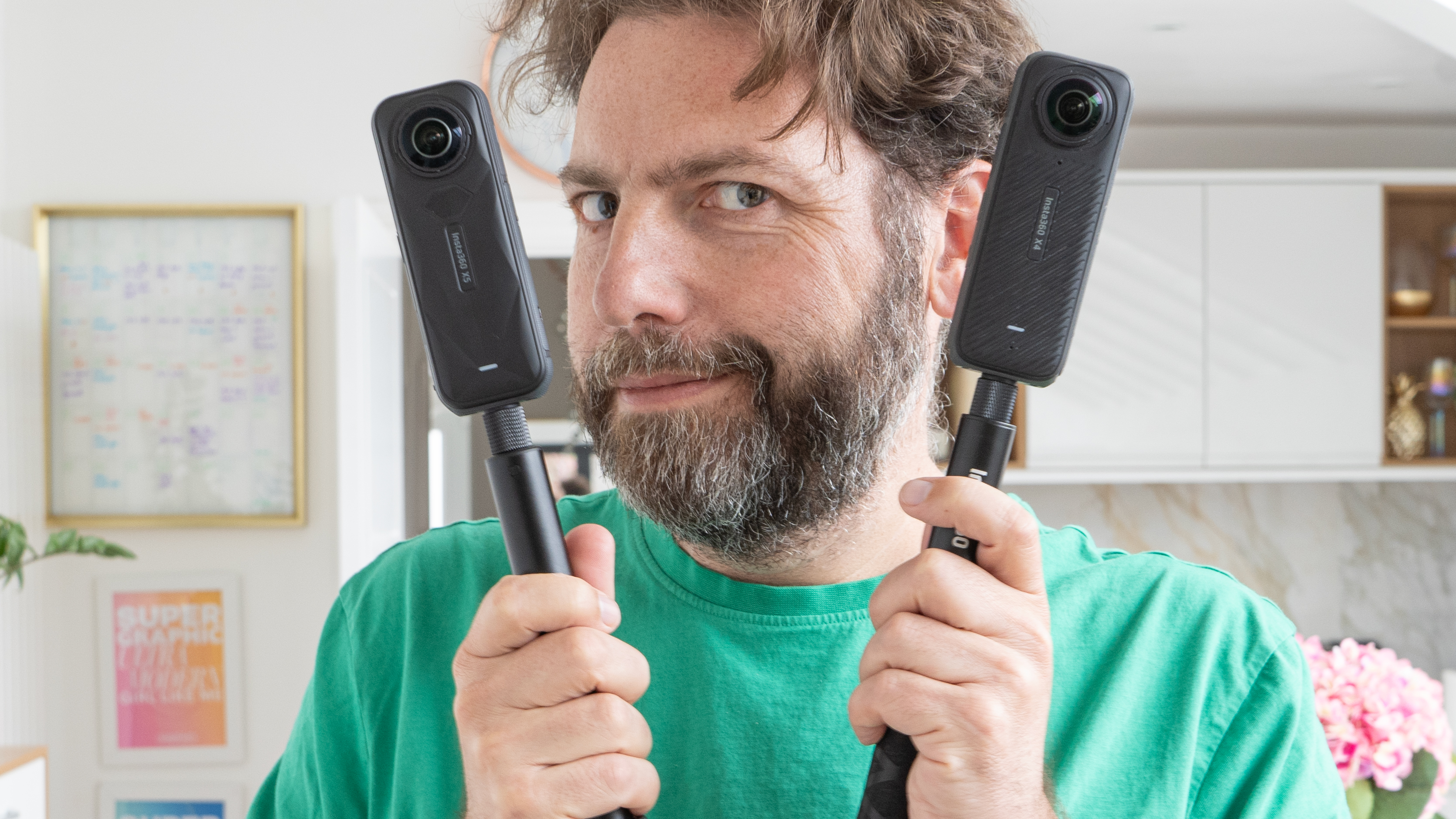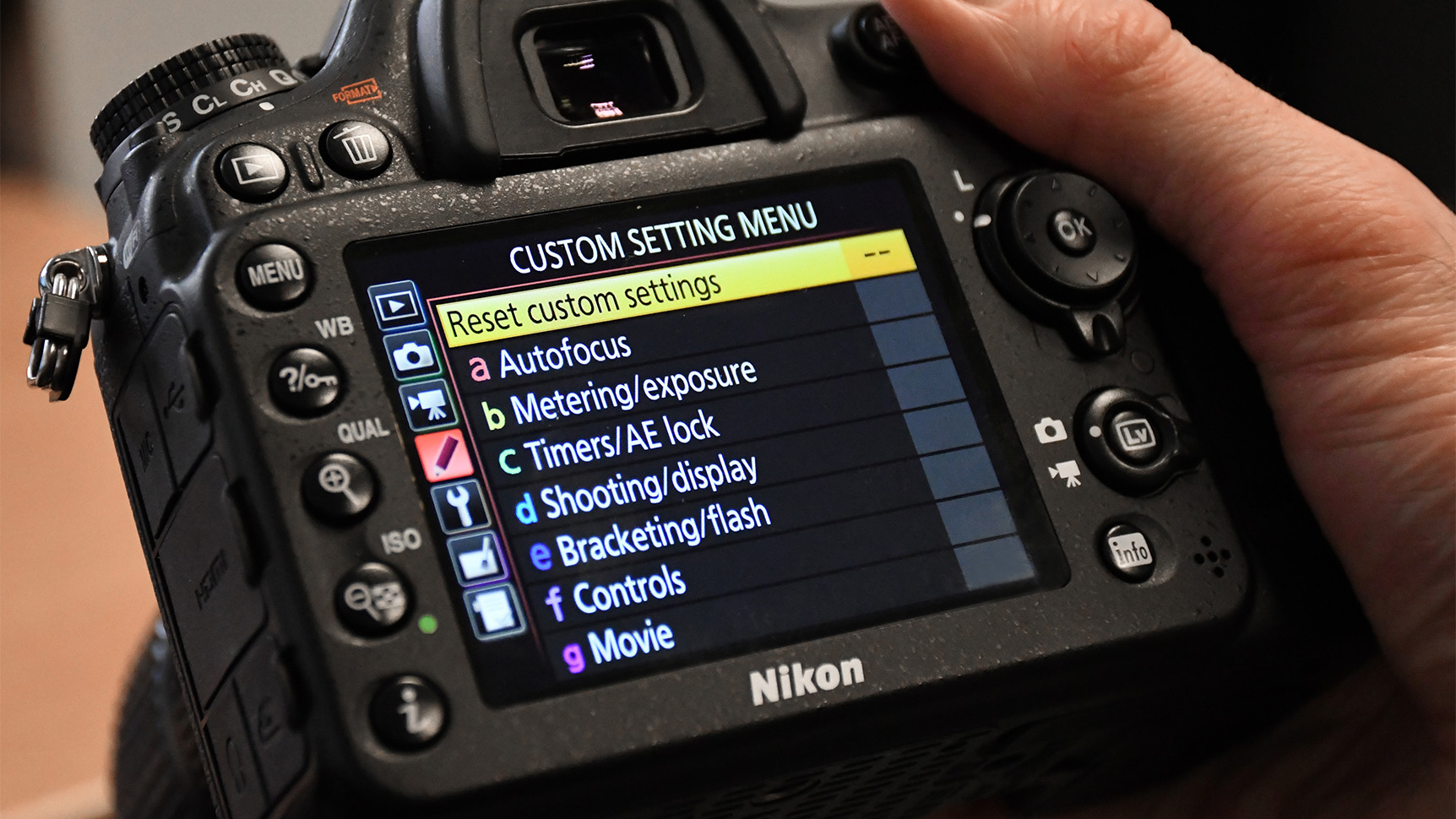
If you are lucky enough to have bagged yourself a new camera, then congratulations! You will have that lovely feeling of elation, but it may also be mixed with the 'what do I actually do with it?' feeling.
If this is the case, do not fear – the following guide will help you understand your camera and give you a few pointers as to what you should do straight away.
This guide is also packed with links to other buying guides and tutorials that will help you get up, running and taking great pictures, so make sure that you fully explore it!
1) Read the manual
Most of us are guilty of getting a shiny new gadget out of its shiny box and never giving the manual a second glance. Delve into this manufacturer's guide, though (you don't have to read the whole thing!), and you'll often find hidden features tucked away that you didn’t know your camera had.
Some of it will be obvious, but an hour spent reading everything that your new camera can do will not just help you master the controls – discovering its less obvious features will make you more adventurous with your photography.
2) Format the memory card
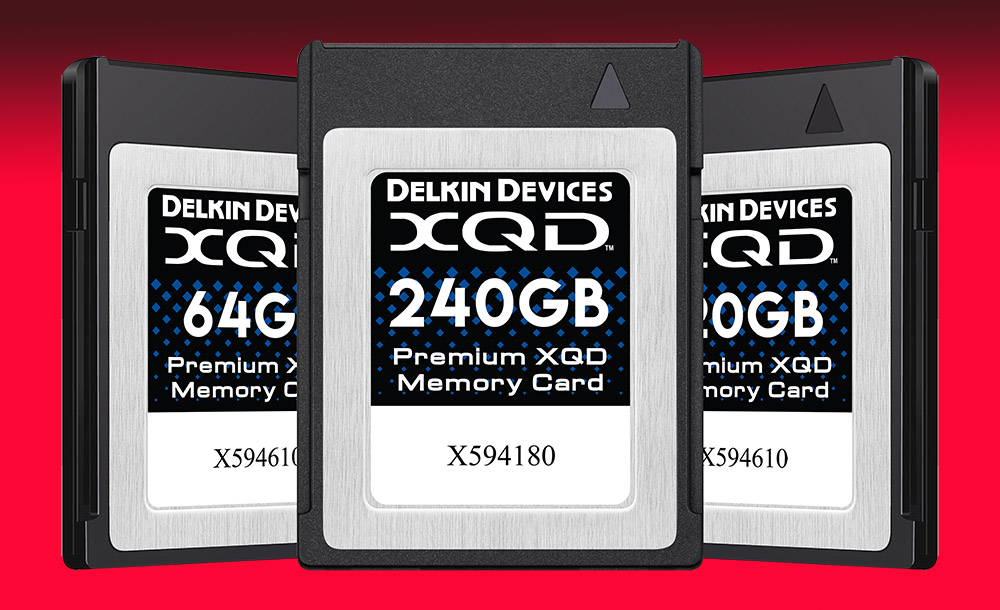
Formatting the memory card you put into your camera is one of the first things you should do before anything else. You don't actually need to do this, but it ensures that the card is optimized to work with the specific camera you are using – and deletes any existing files created by other devices on the card.
You will also always need more memory, though, so it's definitely worth checking around for the best memory card – and finding the best memory card reader is also a must.
Get the Digital Camera World Newsletter
The best camera deals, reviews, product advice, and unmissable photography news, direct to your inbox!
3) Write down the serial number
It's always a VERY good idea to write down the serial numbers of your camera and lens(es) and put them somewhere safe – storing them as an entry in the phone book on your mobile is one idea.
This is important for a number of reasons, such as completing your camera's warranty, and identifying your camera should the worst happen – which brings us to the next point…
4) Check the insurance
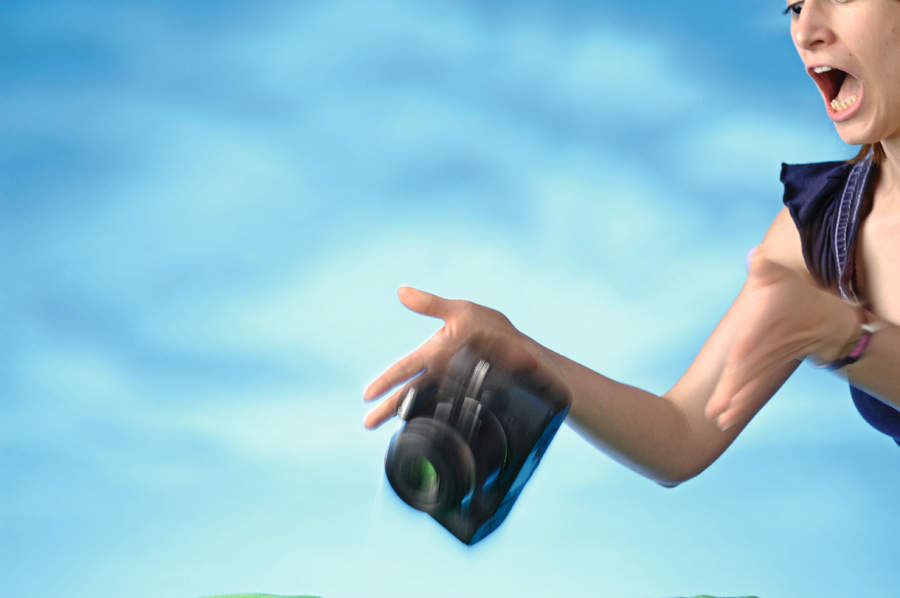
Check that the camera is covered by your standard household insurance. You may need to have this specifically added, to ensure that it is covered when out and about, or traveling away from home. The best camera insurance depends on your own individual needs, so it's worth looking around.
5) Take lots of pictures
Go and take lots of pictures – of lots of different subjects – even if it is just around your house. This will help you familiarize yourself with the camera and the controls. As renowned French street photographer Henri Cartier-Bresson once pithily said, "Your first 10,000 pictures are your worst," so you might as well get those ones out of the way as soon as you can!
6) Use the histogram
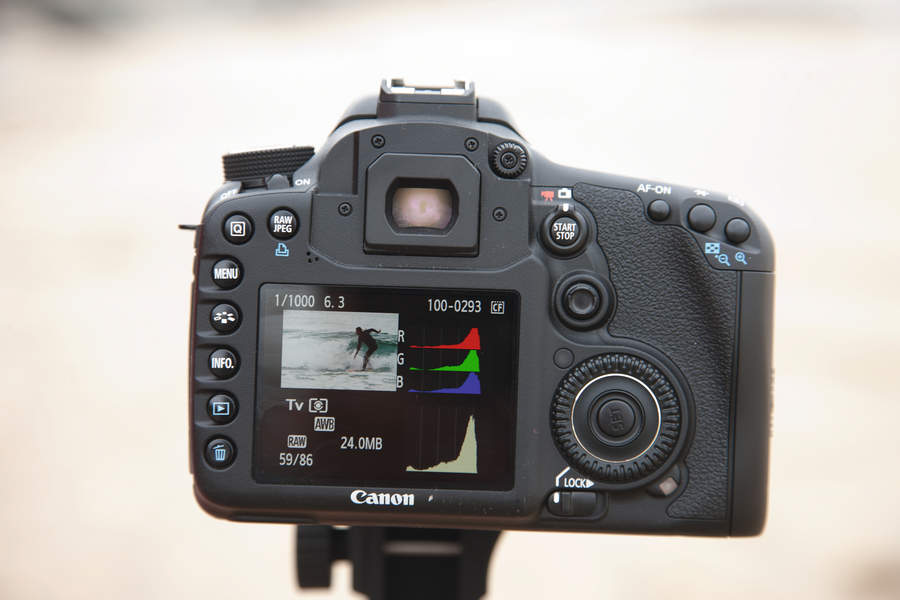
It's really useful to find out how to display the histogram on your camera. This graph is often hidden away as a menu option, but learning how to use a histogram is one of the most useful aid available to help you master exposure.
In fact, here's a 6a) check out some photography tips videos to get your started on your photographic journey!
7) Charge the batteries
This is a bit of an obvious one but, when you first get a camera, the battery may not be charged at all or only have a small bit of charge. Plug in the battery straight out of the box, and then check out the best camera batteries to find a spare or two. Like memory cards, it's always worth having a backup battery in your bag!
8) Go manual
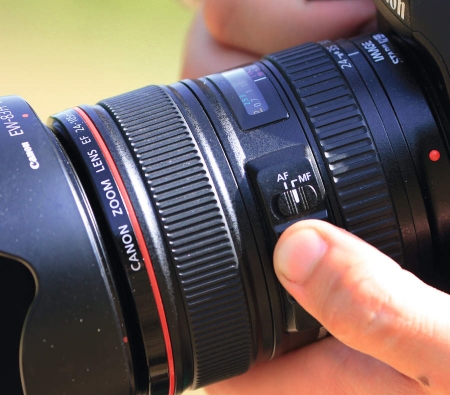
It's tempting to leave the camera in its fully automatic mode straight away, but trying your hand at the manual controls will open the door to more creative possibilities. Whether you delve into aperture priority, shutter priority or go for full manual, you can teach yourself by trial and error and eventually come out the other side a better photographer.
And if you want to go really old school, learn how to master manual focus to take total control!
9) Get yourself some camera cleaning kit
There is nothing worse than having a fleck of dust, a smudge or fingerprint on the lens when you are trying to take a great photograph. To remedy this, there are many camera cleaning kits available. While a smudge or two may feel like a trivial thing, dirt can be a real camera cleaner so learning how to clean your camera is essential.
Beyond cleaning the lens, it's also worth knowing how to clean your camera sensor. It's definitely a more advanced procedure, but much cheaper than sending your camera in to be serviced – so make some time to check out the best camera sensor cleaning kits too.
10) Get a kitbag
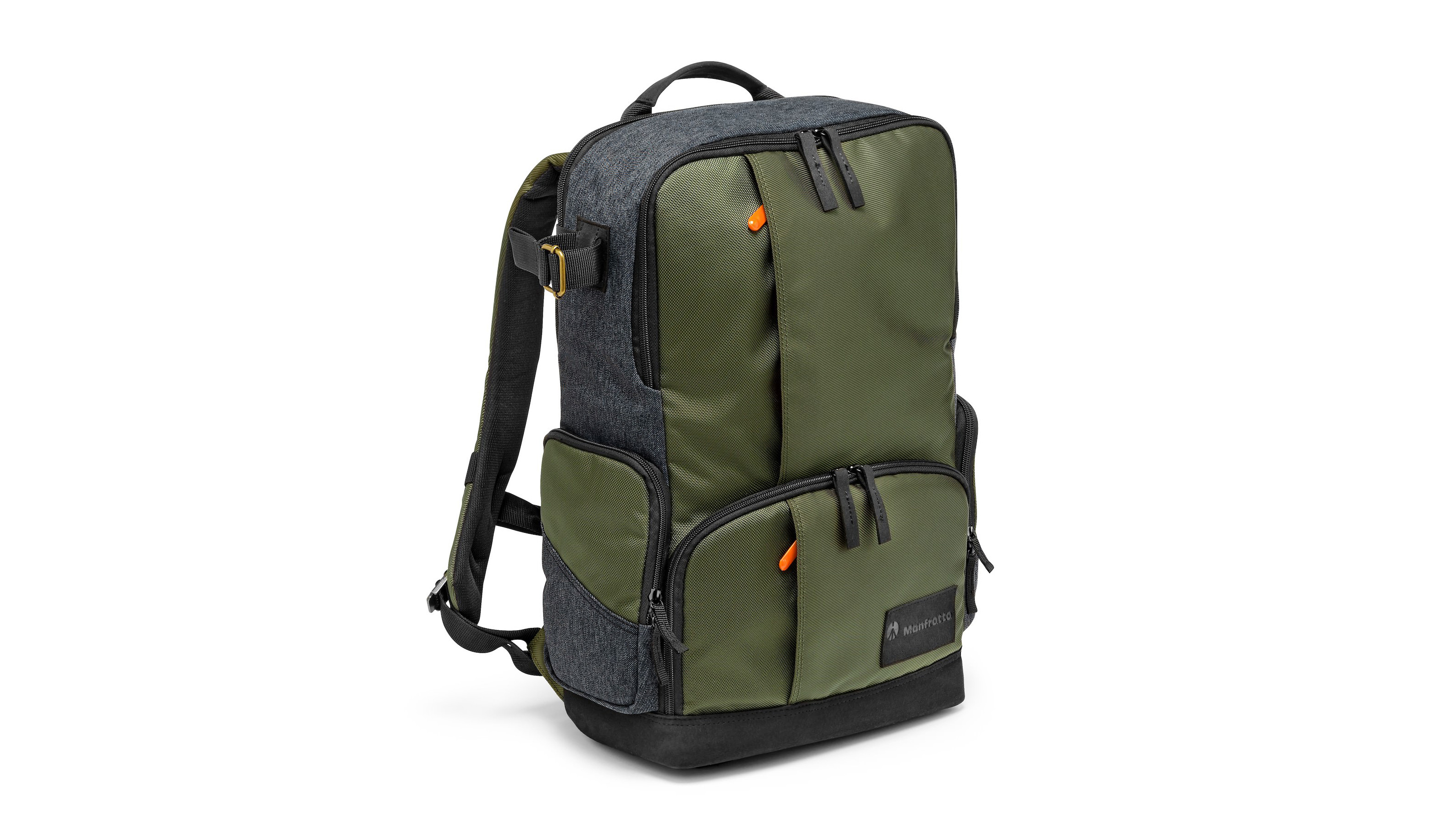
As much as you should keep your camera clean, you should also look to protect your camera from the elements in the first place with a decent camera bag. The best camera bag ranges from being durable to being completely weatherproof. However protective you need your bag to be, though, the most crucial thing is to make sure that you get one big enough to fit your camera and the additional lenses and accessories that you will acquire.
Read more:
The 50 best photography and camera accessories
Best street photography lens: the best 35mm lenses for Canon, Nikon & Sony
The best portraits lens: best 85mm lenses in 2019
Digital Camera World is one of the leading authorities on camera and photography news, reviews, techniques, tutorials, comparisons, deals and industry analysis. The site doesn't just specialize in cameras, but all aspects of photography, videography and imaging – including camera phones, gimbals, lenses, lighting, editing software, filters, tripods, laptops, printers, photo books, desks, binoculars and more.
Whether you're using, looking to buy or trying to get the most out of a compact camera, action camera, camera drone, cinema camera, beginner camera or professional camera, Digital Camera World has a roster of experts with combined experience of over 100 years when it comes to cameras, photography and imaging.

